Key Points and Summary – In September 1976, Soviet interceptor pilot Viktor Belenko stunned the world by landing his MiG-25 “Foxbat” in Hakodate, Japan.
-Western engineers quickly learned that the dread Foxbat was less a super-fighter than a specialized, brute-force interceptor—fast and high, but short-legged, maintenance-intensive, and ill-suited for maneuvering combat.
-The defection punctured years of myth, validated parts of the U.S. fighter roadmap (F-15, look-down radars, BVR weapons), and sharpened allied focus on kill chains and training rather than raw speed.
-It also forced Soviet upgrades and accelerated the MiG-31.

MiG-31 Fighter. Image Credit: Creative Commons.
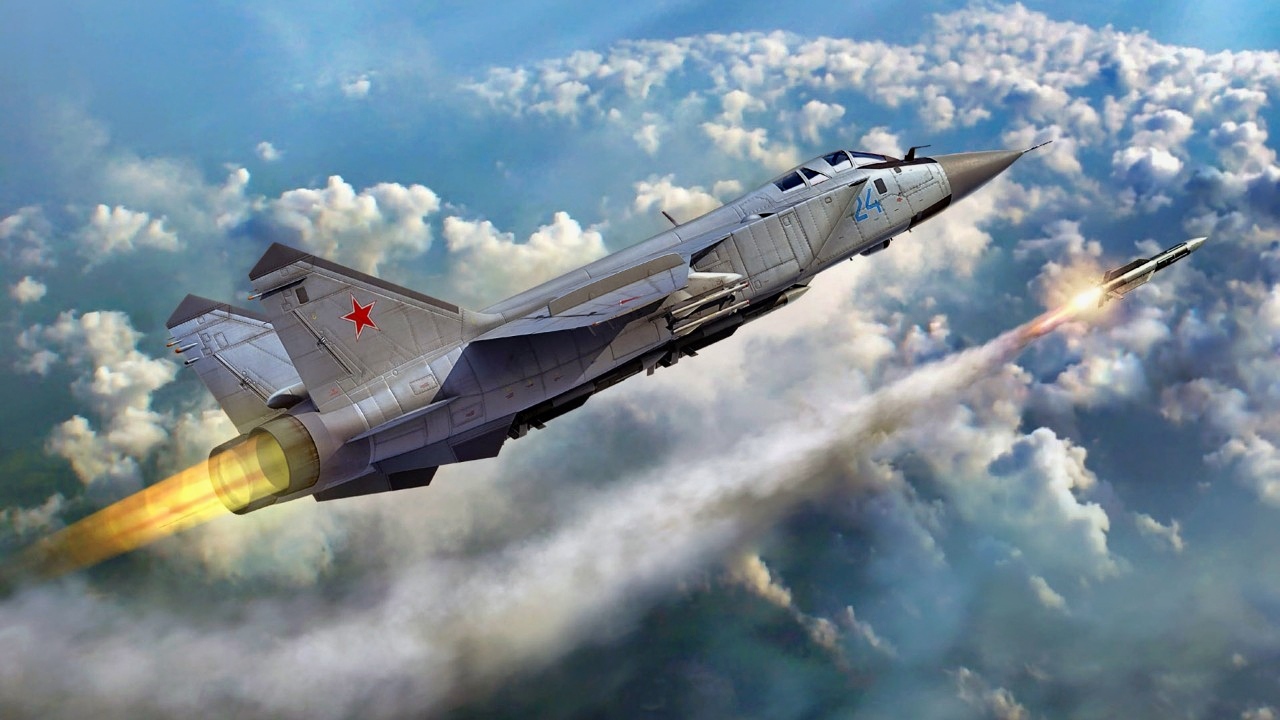
MiG-31. Image Credit: Creative Commons.
-The larger lesson endures: match designs to missions, and never let fear or hype write your requirements.
The MiG-25 Hype Fighter?
Through most of the late 1960s, the MiG-25 was a shadow on the wall. Western analysts first saw it dash over Domodedovo in 1967 and, lacking hard data, filled the gaps with worst-case assumptions: a titanium wonder, Mach-3 on demand, and agility to match. If you were writing fighter requirements in that era, you planned against a monster.
That fear mixed with hard lessons from Vietnam—where U.S. fighters too often fought within the rules of someone else’s kill chain—and helped propel the Air Force’s “F-X” program that became the F-15. The United States leaned toward a very different approach than the rumored Foxbat: enormous radar and thrust, yes, but with energy-maneuverability and pilot visibility optimized for winning air-to-air fights across the envelope. Fear set the table. Proof would arrive nine years later.
The Defection: One Pilot, One Jet, And A Very Short Runway
On September 6, 1976, Lieutenant Viktor Belenko broke from a training sortie near Vladivostok, dropped to the weeds over the Sea of Japan, and popped up over Hokkaido. Japanese radars struggled in weather. Scrambled F-4EJs got airborne, but Belenko, low on fuel, aimed for the first concrete he could find: Hakodate, a civil airport with a runway that was too short for a hot, heavy Foxbat. He landed long, chewed up runway lights, and slid to a stop.

F-4 Phantom II Fighter National Security Journal Image Taken Onboard USS Intrepid.
What followed was equal parts diplomacy and technical theater. After a security scrum and a brief Japanese arrest, Belenko requested U.S. asylum. Tokyo allowed a joint U.S.–Japanese exploitation. The jet—crated into a cavernous C-5A—went to Hyakuri Air Base. Engineers, intelligence officers, and aviators finally had the mystery aircraft in pieces on their floor.
Under The Skin: What The West Actually Found
The teardown replaced mythology with metallurgy:
Steel, Not Titanium. The MiG-25’s structure was primarily nickel-steel, not exotic titanium. That choice fit its mission: sustain blistering dash speeds and punishing thermal loads with materials Soviet industry could produce at scale and weld reliably. It also made the Foxbat heavy.
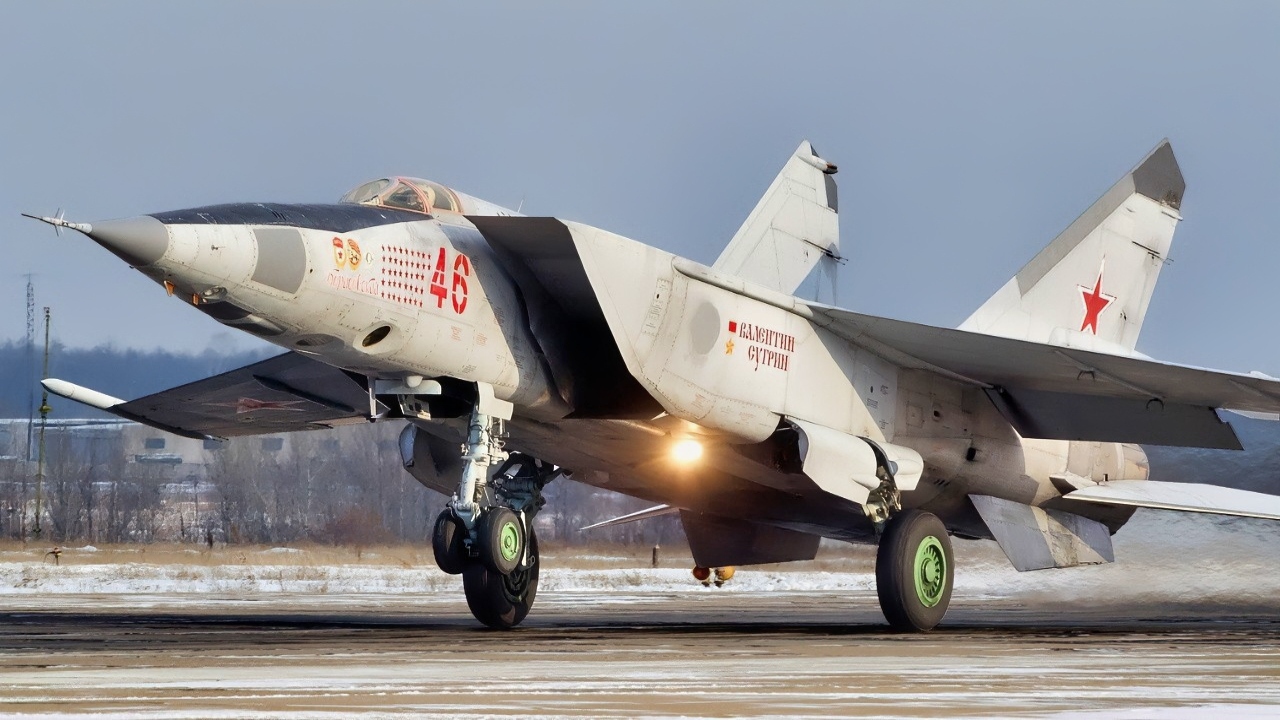
MiG-25 Taking Off. Image Credit: Creative Commons.
Engines Built For Dash, Not Efficiency. Twin Tumansky R-15 series turbojets could push the jet past Mach 2.8 and—if a pilot accepted engine damage—even flirt with Mach 3. But at subsonic speeds the specific fuel consumption was painful. Range suffered; so did loiter. In combat terms, it sprinted, struck, and headed home.
Avionics With A Twist. The big nose wasn’t magic; it housed a powerful but old-school radar using vacuum-tube-era tech and a datalink for ground control. The system had impressive raw power aimed upward at high-altitude targets, but limited look-down capability and little finesse in clutter. Against bombers flying high, it made sense. Against nimble fighters down in the dirt, far less so.
Missiles Over Maneuver. The standard loadout—four heavy, long-range R-40 “Acrid” missiles—told the story. This was a beyond-visual-range, sternly guided interceptor, not a knife-fighter.
G-Limits And Handling. Wing loading and structure meant modest G-limits when heavy with fuel. The Foxbat could sprint and climb like a scalded cat, but it bled energy in hard turns and lacked the control harmony of Western air-superiority designs.
None of that made the MiG-25 a bad airplane. It made it a purpose-built airplane—shaped by early-’60s Soviet fears of high-flying threats like the B-70 and SR-71, by industrial realities, and by a doctrine that emphasized ground-controlled intercepts over free-ranging dogfights.
The Panic Subsides—And The Learning Begins
For Western planners, the Hyakuri autopsy felt like an exhale. The bogeyman under the bed turned out to be big and fast, yes, but also blunt and specialized. Three lessons landed immediately:
Mission Fit Beats Myth. The Foxbat was optimized to break up strategic reconnaissance and bomber threats, not to mix it up with fourth-generation fighters. Speed was its armor. But speed alone didn’t win dynamic, multi-axis air battles.
Look-Down/ Shoot-Down Was Non-Negotable. If your radar can’t sort moving targets against ground clutter, you are flying half-blind. Western pulse-Doppler radars—like the F-15’s APG-63 and the F-14’s AWG-9—were on the right path. Belenko’s jet reinforced the bet.
Energy-Maneuverability Wasn’t Theory; It Was An Edge. The F-15’s high thrust-to-weight and low wing loading weren’t abstract virtues. They were practical answers to aircraft that could dash but not dance. If the fight went neutral or visual, Eagles would own it.
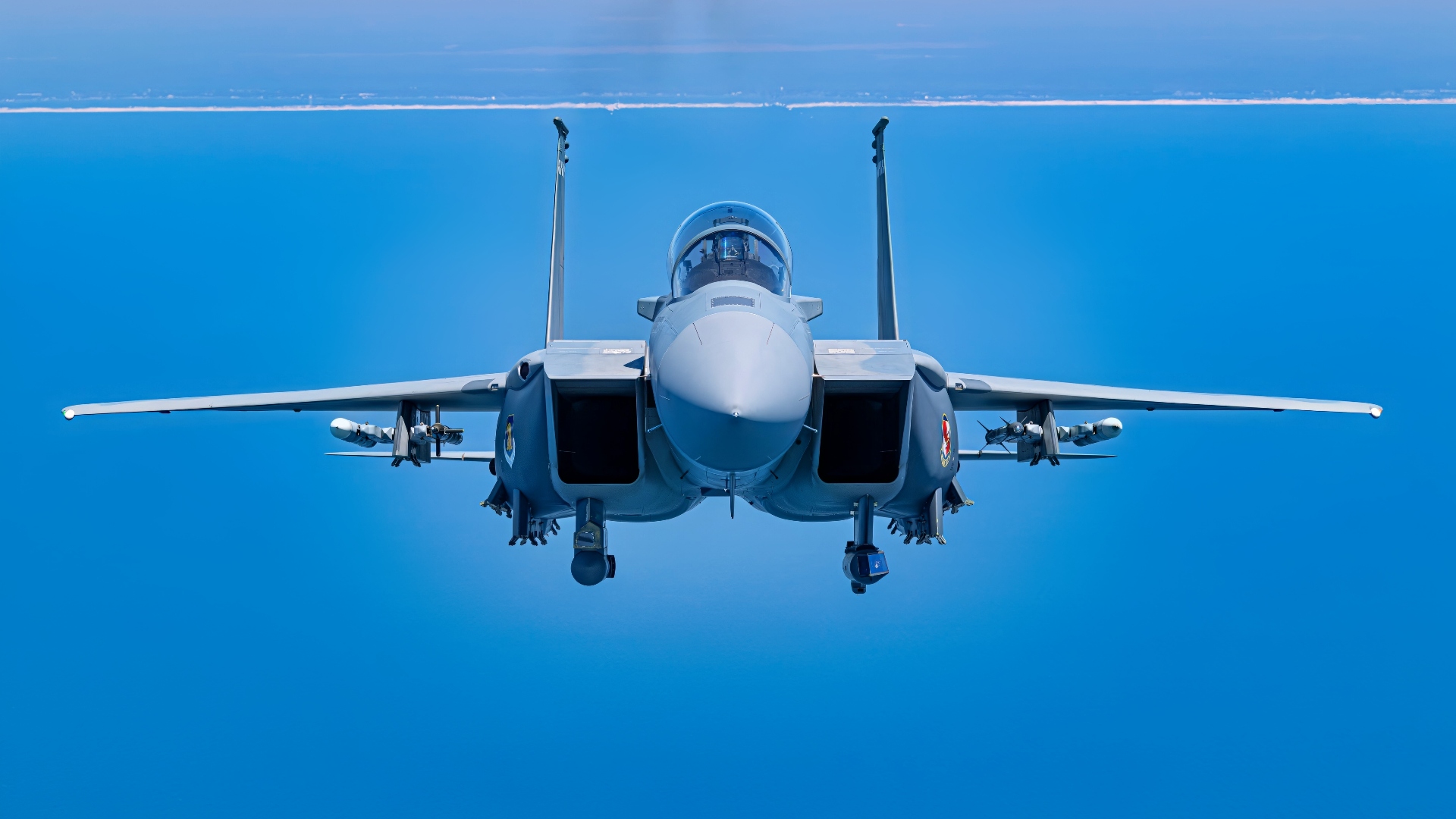
A U.S. Air Force F-15EX Eagle II flies over the Gulf of America, September 16, 2025. The F-15EX, from the 40th Flight Test Squadron at Eglin Air Force Base, Florida, is one of the first F-15EXs in the Air Force, and is going through developmental and operational test series at Eglin to prepare the platform to be delivered to the warfighter. (U.S. Air Force photo by Tech Sgt. Jacob Stephens)
The defection also underscored something subtler: kill chains matter. The MiG-25’s strength came when a ground network found, fixed, and vectored it to a specific patch of sky—when it acted as the final bayonet thrust. Western doctrine that spread sensors and decision-making among AWACS, fighters, and surface nodes was evolving toward a more flexible, resilient web.
The Ripple Effects In The Soviet Union
Moscow got the message, too. With its secrets compromised, the Foxbat needed a refresh. An upgraded MiG-25PD arrived with a new radar and IR search-and-track gear, plus compatibility with more agile missiles. More importantly, the USSR pushed hard on a successor tailored to the real problem: low-altitude penetrators and evasive targets. The result was the MiG-31, bristling with a massive phased-array radar, better endurance, and a two-seat crew to manage the sensor load. If the MiG-25 was a rapier made for a particular strike, the MiG-31 was the broadsword built to clear swaths of sky under the umbrella of Soviet air defense.
How It Shaped U.S. And Allied Fighters
Was the F-15 “born” because of the MiG-25? Not exactly—the Eagle’s genesis predated the defection and even the 1967 airshow flybys. But the Foxbat sharpened the U.S. plan and stiffened political support for it. Three tangible outcomes followed:
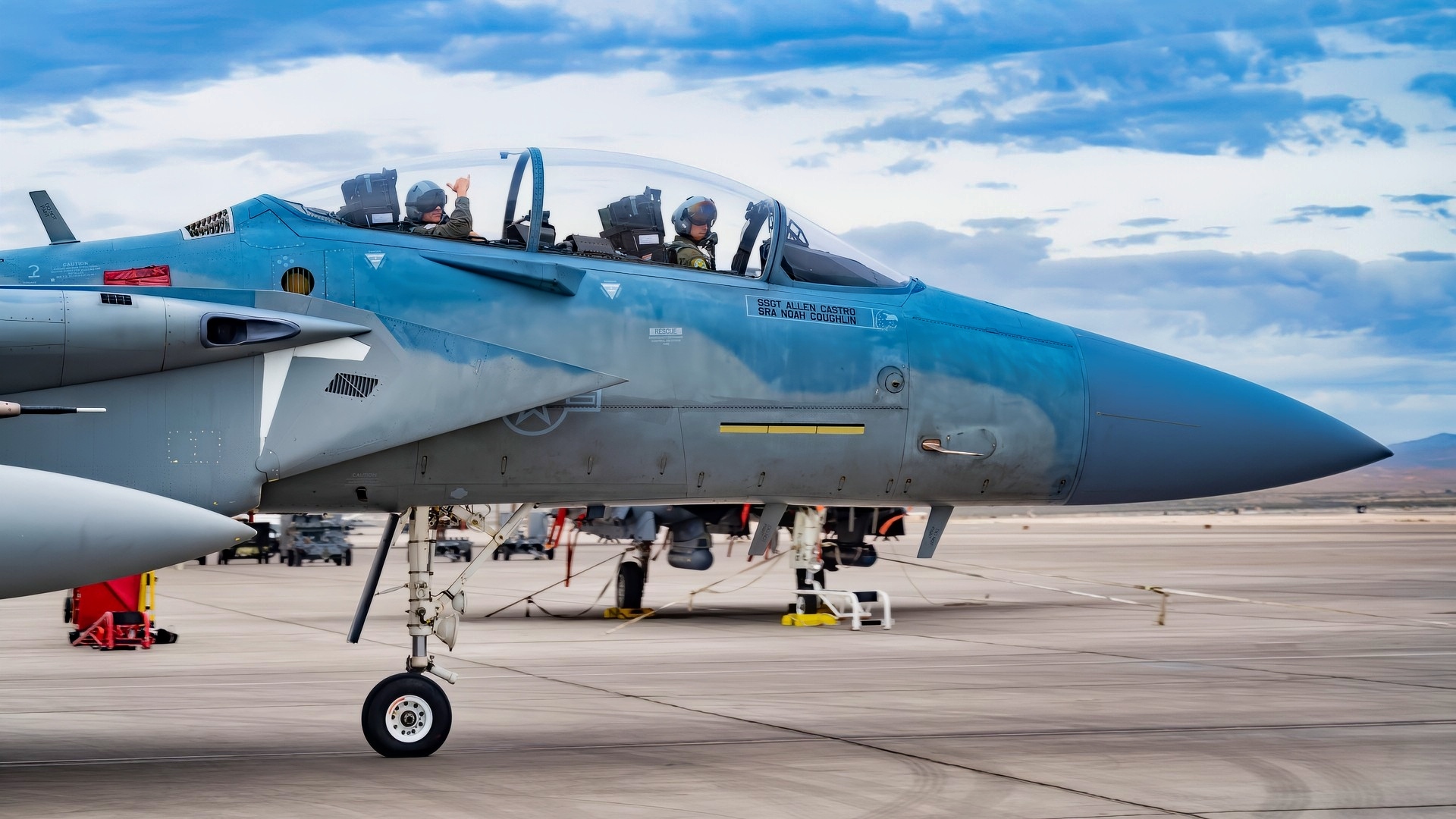
U.S. Air Force Maj. Michael Tope, right, and Brig. Gen. Michael Rawls, taxis to the runway in a F-15EX Eagle II for a training operation at Nellis Air Force Base, Nevada, Nov. 15, 2023. The EX is the most advanced variant of the F-15 aircraft family, with the capability to carry a great number of missiles in support of the F-35A Lightning II. (U.S. Air Force photo by Airman 1st Class Elizabeth Tan)
Confidence In The Eagle. The teardown validated the choices baked into the F-15: radar reach and fidelity, acceleration, instant vertical, and cockpit visibility to manage a fluid fight. The MiG-25 was a sprinter. The Eagle was a sustained athlete.
Allied Procurement And Doctrine. Japan’s air defense establishment—embarrassed that an intruder could land at a city airport—redoubled investment in early warning and interception. Within a few years, F-15Js became the JASDF’s backbone. Other allies, from NATO to Israel, leaned even harder into AWACS, link-enabled intercepts, and BVR training.
BVR Becomes The Center Lane. The Foxbat’s missile-centric intent wasn’t wrong—it was incomplete. Western forces doubled down on long-range detection and identification, then trained to transition cleanly from BVR to the merge if needed. In the 1980s and ’90s, that combination—good radar, disciplined tactics, and missiles that worked as advertised—yielded lopsided air-to-air results.
Even U.S. electronic warfare and counter-EW benefited. An unexpectedly tube-based Soviet radar taught Western planners not to assume the enemy’s electronics would fail the way ours did. Plan for rugged, heat-tolerant, EMP-resistant sets—because that’s exactly what the Soviet system delivered.
The Human Factor: What A Defector Really Delivers
It’s easy to fixate on aluminum and wiring diagrams. But Belenko’s most enduring gifts were context and candor: how units were trained, how missions were briefed, what the checklists looked like under pressure, and how much autonomy pilots actually had once airborne. That human-systems knowledge helped Western air arms make sharper bets about Soviet tactics and timelines. It also reminded intelligence professionals to calibrate their confidence—to mark the line between what is measured and what is imagined.
Belenko’s own story—the culture shock, the long debriefs, the struggle to turn a propaganda poster boy into a private citizen—became a Cold War parable. But for engineers and aviators, his legacy sits in the way the West talks about airpower: skeptical of hype, curious about doctrine, and keen to test ideas against hard evidence.
A Jet Out Of Its Time—And A Timeless Lesson
The MiG-25 wasn’t a failure. It was a creature of its age: the embodiment of Soviet answers to specific U.S. threats and an industrial base that prized ruggedness and volume. In the right scenario—high, fast, under control from the ground—it was lethal. In the wrong scenario, it was out of place.
Western air forces absorbed that nuance and applied it forward. The F-15 and its contemporaries didn’t chase raw top speed; they pursued useful combat speed, sensor fusion (before we called it that), and agility backed by fuel and payload. Training shifted toward realistic BVR problems, deceptive emissions, and disciplined merges. The takeaway wasn’t “we’re better.” It was “we were scared of the wrong thing.”
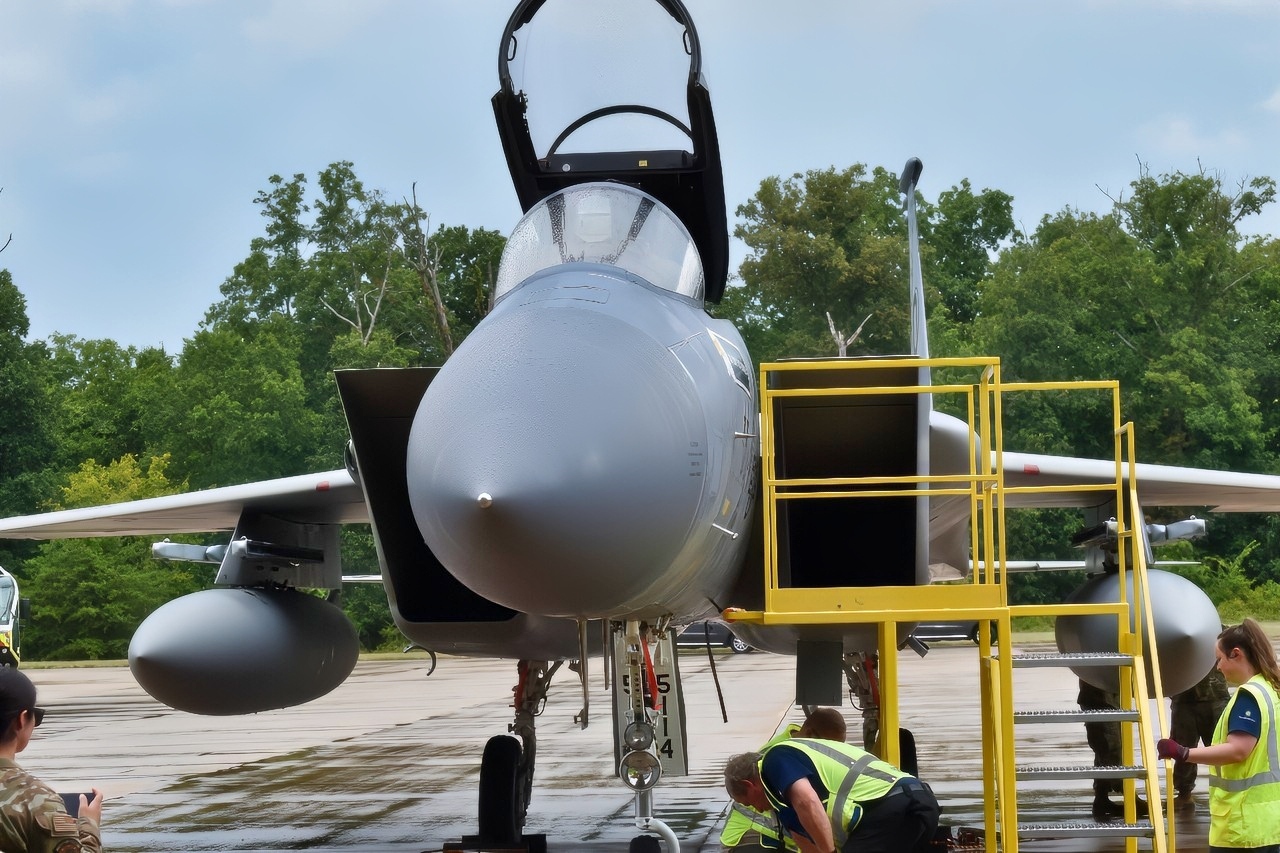
Rain on F-15C Fighter at Smithsonian National Security Journal Photo.
From Foxbat To Today: Why This Still Matters
The story echoes now in debates over hypersonics, stealth coatings, and range-versus-payload tradeoffs. We still risk optimizing against myths or single metrics that look fearsome on a brochure. The Foxbat teaches us to ask better questions:
What problem was this aircraft meant to solve, and do we share that problem?
How does the jet fit into a kill chain—sensors, comms, decision nodes—and how fragile is that chain under stress?
What is the sustainment reality—spares, coatings, depot flow, sortie generation—once the shine wears off?
If we fight it on our geometry, not its designer’s, what happens?
For U.S. and allied air forces, that mindset is a competitive advantage. It’s how you avoid being surprised by a headline and keep toward the quiet business of building forces that work on contact.
Conclusion: The Day The Myth Gave Way To Method
Belenko’s landing at Hakodate collapsed a decade of speculation into a hangar full of facts. The MiG-25 was fast, formidable in its niche, and flawed outside it. The West left the episode with fewer ghosts and better plans—fighters that could find first, shoot first, and still win if the battle went sideways; radars that saw through the ground clutter; and a doctrine that treated speed as just one piece of a bigger puzzle.
The larger moral is not about the Foxbat. It is about intellectual humility. The best militaries don’t worship performance myths. They test, they learn, and they design for the fight they will actually have. On a gray September day in 1976, a Soviet interceptor helped make that point—forever.
About the Author: Harry J. Kazianis
Harry J. Kazianis (@Grecianformula) is Editor-In-Chief and President of National Security Journal. He was the former Senior Director of National Security Affairs at the Center for the National Interest (CFTNI), a foreign policy think tank founded by Richard Nixon based in Washington, DC. Harry has over a decade of experience in think tanks and national security publishing. His ideas have been published in the NY Times, The Washington Post, The Wall Street Journal, CNN, and many other outlets worldwide. He has held positions at CSIS, the Heritage Foundation, the University of Nottingham, and several other institutions related to national security research and studies. He is the former Executive Editor of the National Interest and the Diplomat. He holds a Master’s degree focusing on international affairs from Harvard University.
More Military
Canada Is ‘Full Steam Ahead’ on F-35 Stealth Fighter
Why Does Turkey Have So Many Main Battle Tanks?
‘Cracked Barrels’: The U.S. Navy’s Big Railgun Failure Explained in Just 2 Sad Words
‘Had No Chance’: The Montana-Class Was the 71,000-Ton Battleship Destined to Fail
‘Captain, We Smacked It Another Submarine’: British and French Nuclear Missile Subs Collided


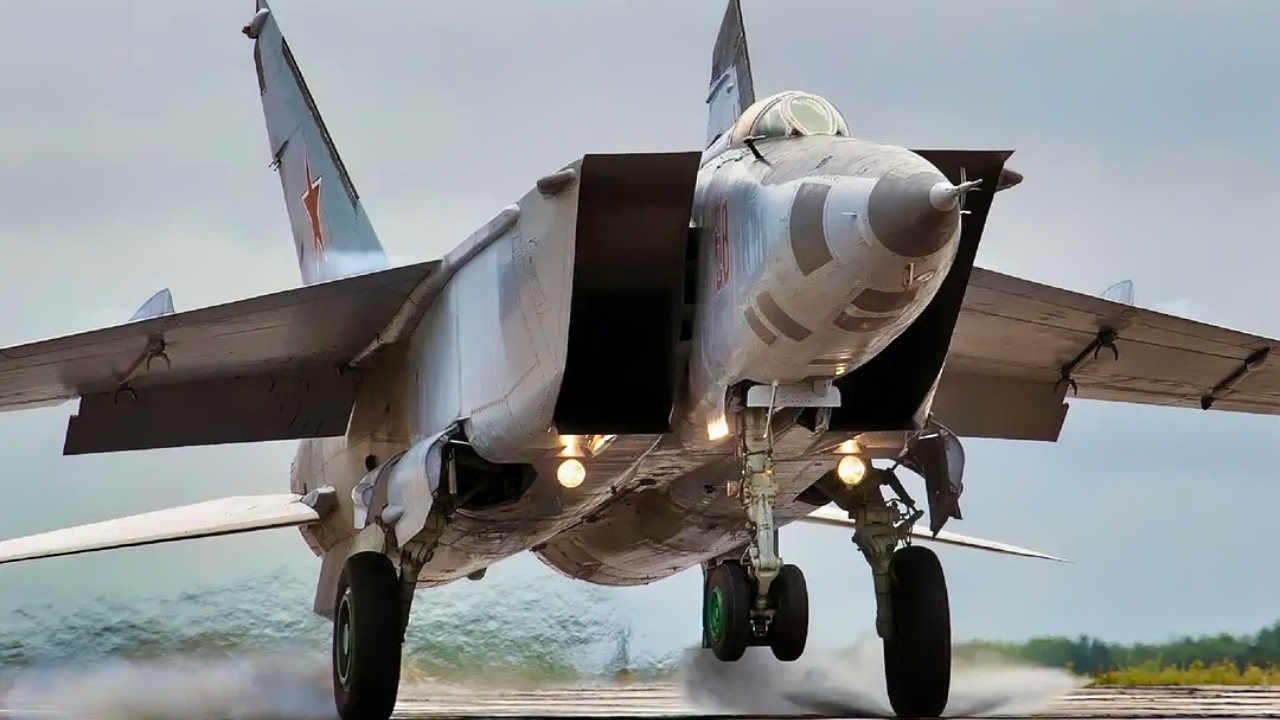








Kevin Wan
October 8, 2025 at 6:12 pm
That’s old story!
Jeff Boyd
October 8, 2025 at 7:29 pm
Still this is a great story and it’s NEVER OLD since History keeps repeating itself.
I think Eastwoods Movie “Firefox” was loosely based on this event.
George Baggs
October 8, 2025 at 8:40 pm
There was also the MiG-25 that clicked Mach 3.2 over Israel during the 1973 Yom Kippur War. That really spooked the West. Viktor Belenko revealed that the pilot burned out his engines on that high-speed, high-altitude recce mission.
Krystal cane
October 8, 2025 at 9:05 pm
Newsflash that pilots dead😲